Ear drops are mostly aqueous solutions that are introduced into the external auditory canal using a pipette. However, there are also preparations made on the basis of oil or glycerol.
What are ear drops?

If it hurts in the ear, then the grip reverberates Ear drops initially quite logical. But it is precisely here that caution is advised. The field of application of ear drops is relatively limited.
The ear is actually a very delicate and sensitive structure.Even when the middle ear is the center of the problem, the use of ear drops needs to be carefully considered.
Ear drops for ear infections & ear pain
Pain, inflammation, infections, but also hardened ear wax can be with it Ear drops be treated. Some recreational divers also use ear drops to prevent and care for their ears, which are stressed by the pressure equalization underwater. The natural barrier, however, is the eardrum. Everything behind it is actually a taboo zone for ear drops.
The application is very simple. The patient is laid on his side, lifted a little and then - according to the information in the package insert, three to six drops are instilled into the affected ear using a pipette. The patient then has to lie on their side for some time so that the drops are distributed accordingly in the ear canal.
This is not necessarily a particularly pleasant feeling, but it is by no means a painful feeling. Very important: The ear drops should be at least lukewarm. Therefore, they should not be kept in the refrigerator.
Herbal, natural & pharmaceutical ear drops
There are numerous over-the-counter and prescription supplements available. Drops containing oil and glycerol are used, among other things, when it is more about prevention or care.
Products containing salicylic acid are used to relieve pain. Procaine and phenazone are other alternatives to reduce ear pain. However, there are also restrictions here. For example, ear drops containing phenazone are not suitable for inflammation. There are other ear drops that contain cortisone that help inflammation heal quickly.
Some divers also like to use such preparations if, for example, they have an overstretched eardrum. But ear specialists advise against this therapy because the ear heals quickly, but the tissue of the eardrum is still so weakened that it can tear when the pressure is next equalized.
This example shows that self-treatment of the ear can be associated with risks. Therefore, looking into the ear canal with the ear mirror is generally not wrong.
You can find your medication here
➔ Medicines for earache and inflammationRisks & side effects
The main indication of whether Ear drops Whether it can be applied or not, the eardrum provides. If it is intact, none of the fluid can get into the middle or inner ear. That is the crux of the matter.
As beneficial and pain-relieving as the drops are in the outer ear, the effect can be devastating if they get into the inner ear. The structures and mechanisms inside the ear are so small and filigree, like hardly any other in the human body. A drop with an active ingredient can attack these superfine organs quickly and cause lasting damage. Therefore, ear drops are largely taboo if the eardrum ruptures.
Meanwhile, there are also preparations that can be used despite a defective eardrum. The doctor should definitely decide on their use. Anyone who takes blood-thinning medication should avoid ear drops that contain active ingredients containing salicylic acid as far as possible, because salicylic acid also thins the blood a little, and the effect of the two drugs would be increased.
A question that comes up again and again is the question of whether ear drops also make sense for otitis media. Not every doctor advises against per se. But since the eardrum separates the outer ear from the middle ear, the active ingredients cannot even reach the middle ear. Nevertheless, a otitis media can also lead to a “drop solution”, which, however, sounds very strange at first glance.
Instead of ear drops, doctors are happy to prescribe nasal drops. They help ventilate the middle ear, which can then heal faster. For the pain, on the other hand, the patient should use ear drops on normal, commercially available painkillers from the pharmacy.

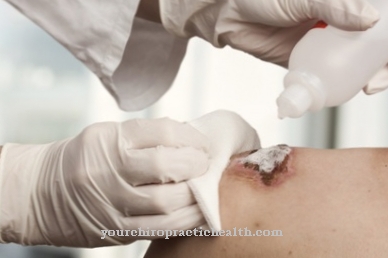




.jpg)



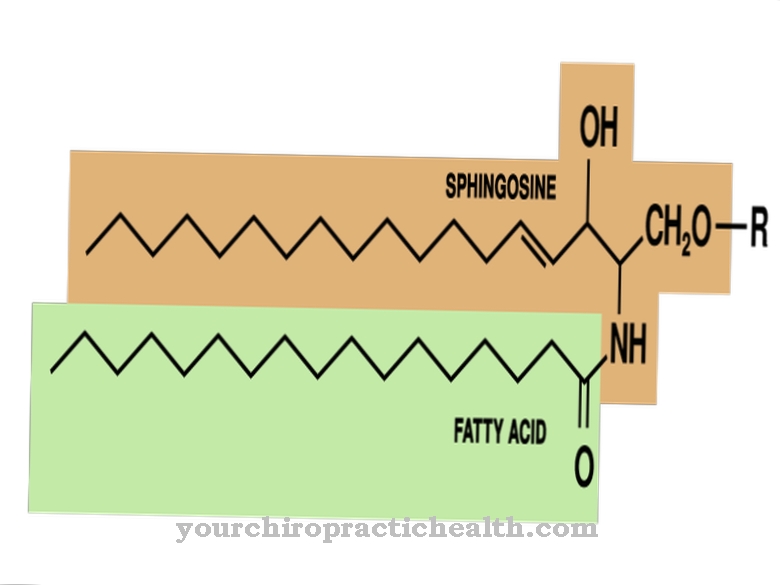
.jpg)
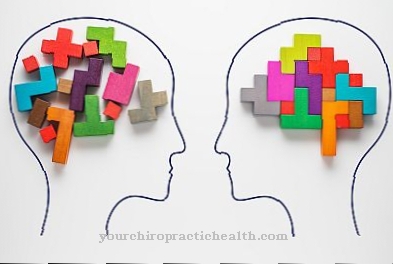

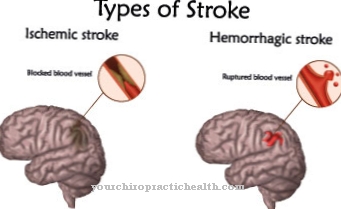

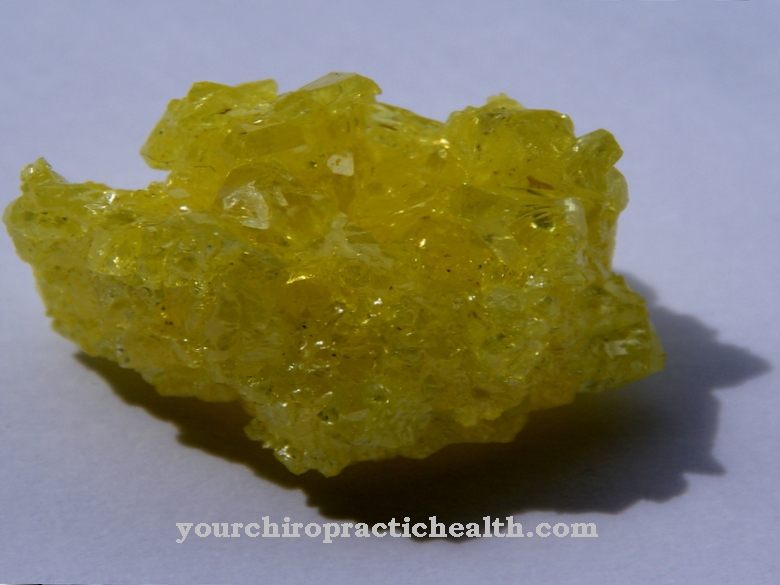
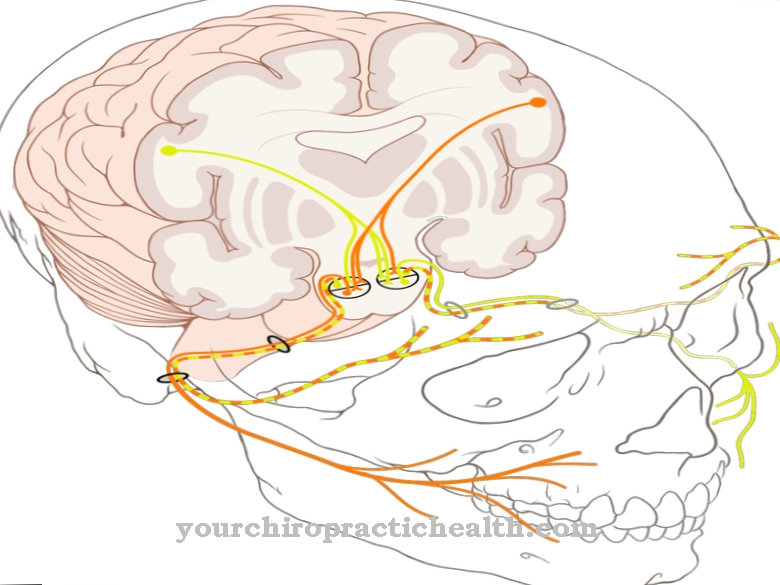

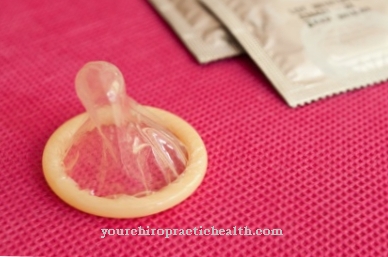
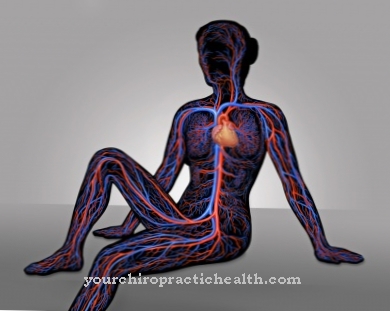


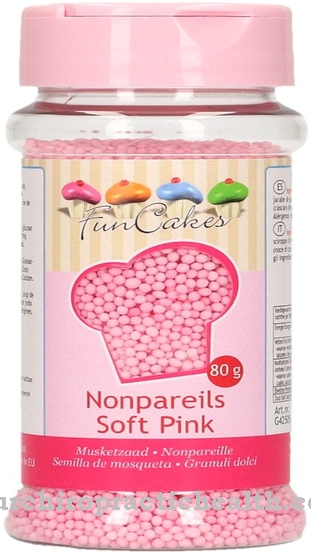


.jpg)

